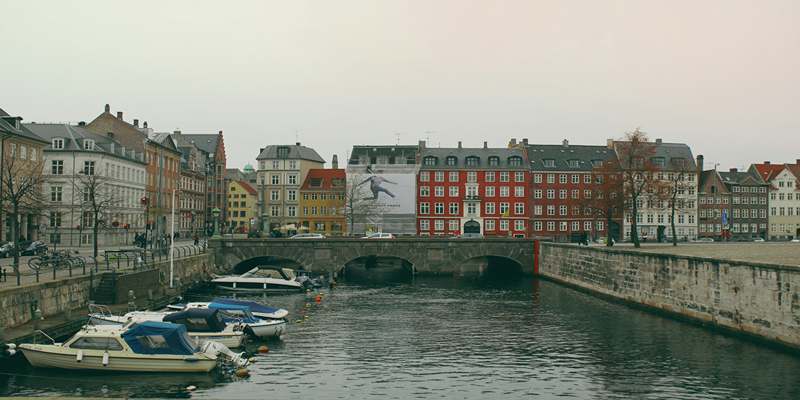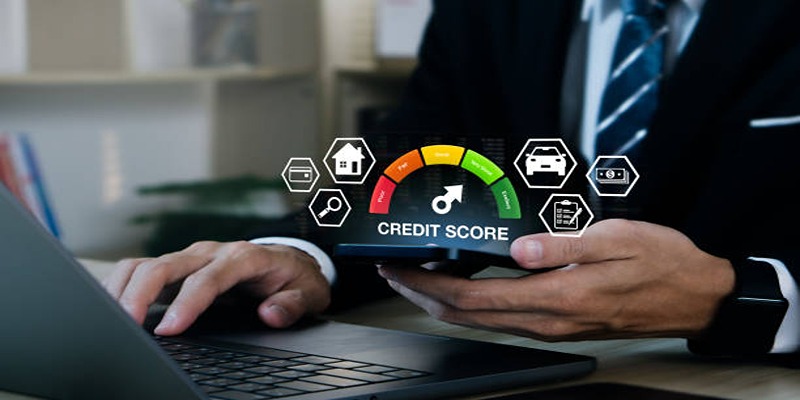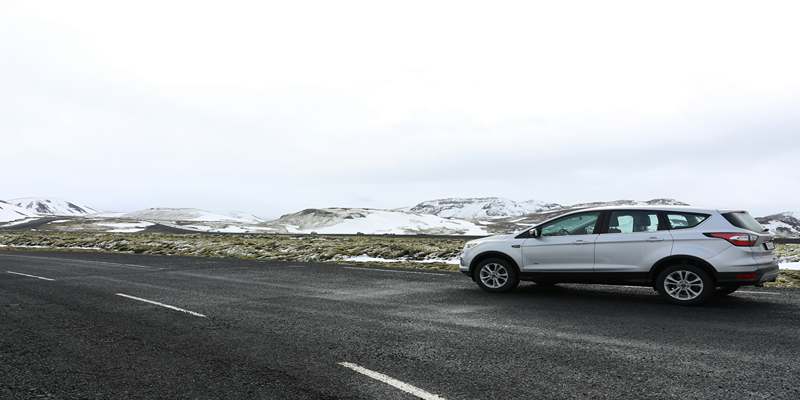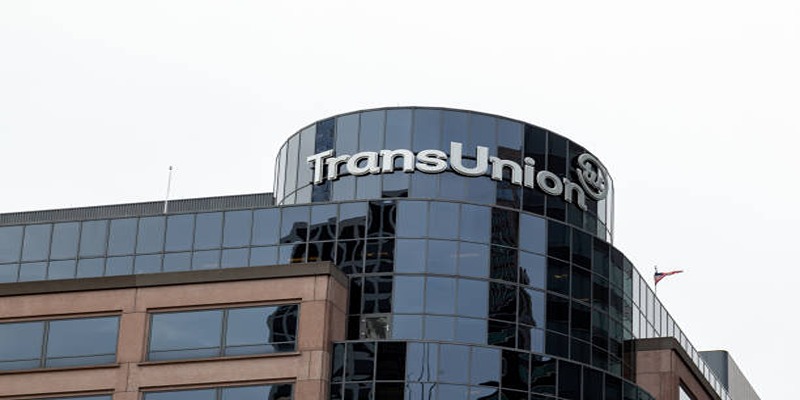The city of Copenhagen, the capital of Denmark, is a beautiful city with a mixture of old-world and modern styles. You can love it because of its vibrant Nyhavn harbor or outstanding museums or because of these bicycle-friendly streets. However, to get the best out of your trip, it is important to learn the fundamental travel facts of the city. Understanding the ins and outs of getting around, things to expect in the culture, and areas that will interest you more will turn your experience up a notch. This guide has everything one needs to know about the right time to go, what etiquette is used every day, and more. All these Copenhagen travel tips will help you gain confidence to travel and experience every minute of your trip to Scandinavia.

Planning Your Trip to Copenhagen
Best Time to Visit and Weather Overview
Copenhagen has all four seasons, and each of them has its own special charm. April to June is in the spring that brings gardens in bloom along with comfortable weather. The most popular is summer (June–August), when days are long and the number of festivals is high. Fall (September to November) is less busy, less heated with cool air, and less populated. Winter (December–February) is cold, yet enchanted, particularly at the time of the holiday season when there are Christmas markets. When you want to visit with a little budget and fewer tourists, remember shoulder seasons: early spring or late autumn. Take a close consideration of what season you are going to visit Copenhagen, as the weather can get quite unpredictable. Comfortable shoes, rain jackets, and multiple layers are always a good choice no matter when you go to the city.
Currency, Budgeting, and Local Costs
Denmark has the Danish krone (DKK), and credit/debit cards are accepted everywhere and even on tiny purchases. Prices will be relatively high compared with other destinations in Europe. Copenhagen is a place that has prices all varied, starting with budget accommodations to the five-star hotels. Here you can economize with the help of city passes on attractions and transportation. The street food markets and grocery stores such as Netto or F. Tex have affordable meals. You should lay down a daily budget depending on your daily activities and the level of comfort. To spend and switch currency rates easily, you may use such apps as XE Currency or Wise and control your spending effectively and in an appropriate currency.
Navigating the City Like a Local
Transportation Tips and City Passes
The city’s metro is fast and clean, operating 24/7. Consider purchasing a Copenhagen Card, which covers unlimited public transport and free entry to many attractions. Single-use tickets are valid across different forms of transport for 90 minutes. Tickets can be bought at vending machines, via apps, or in convenience stores. Always remember to validate your ticket before boarding. For short visits, the Rejseplanen app helps you navigate routes and schedules in real time, making travel around Copenhagen seamless and stress-free.
Bike-Friendly Travel and Walkability
Copenhagen is one of the world’s most bike-friendly cities, with designated bike lanes and rental services available throughout. You can rent bikes via local apps or from shops near tourist hubs. Bike-sharing services like Donkey Republic are easy to use and affordable. Helmets are not mandatory but recommended. Walking is another great way to explore—many key attractions are located close to one another. Pedestrian zones such as Strøget provide a relaxing walking experience with shops, cafes, and street performers. Be mindful of cyclists when crossing roads, and always follow the local traffic rules to ensure a smooth experience.

Language, Signs, and Basic Etiquette
Danish is the official language, but most Danes speak excellent English, especially in Copenhagen. Street signs and public instructions are often bilingual, and locals are generally happy to help tourists. However, learning a few basic phrases like “Hej” (Hello) or “Tak” (Thank you) is appreciated. Danes value politeness and punctuality, so it’s courteous to be on time and respectful in queues or public spaces. Tipping is not expected but rounding up is appreciated. Greeting with a smile and maintaining personal space are social norms. Practicing these small gestures will make your visit more enjoyable and respectful to local customs.
Must-Know Practical Tips for Travelers
Dining Customs and Where to Eat
Copenhagen offers a mix of fine dining and casual eateries. While reservations are often necessary at popular restaurants, you’ll also find cozy cafes and food markets offering tasty local dishes. Smørrebrød, a traditional open-faced sandwich, is a must-try. Meals are generally leisurely, and water is usually served without charge. While tipping isn’t mandatory, leaving a small amount is a nice gesture. Tap water is safe and widely consumed. Food halls like Torvehallerne provide affordable yet authentic experiences. Exploring different neighborhoods will expose you to unique cuisines—from traditional Danish fare to international options that suit a variety of preferences.
Safety, Emergency Numbers, and Health Tips
Copenhagen is considered very safe for travelers, with low crime rates. Still, take standard precautions such as securing your belongings and avoiding poorly lit areas at night. The emergency number for police, fire, and ambulance is 112. Pharmacies are called "Apotek" and are well-stocked. Travel insurance covering medical care is highly recommended. Denmark has excellent healthcare facilities, and EU travelers can use the European Health Insurance Card. Non-EU visitors may need to pay upfront for medical services. If needed, consult a doctor through hotel services or clinics.
Apps and Tools to Make Travel Easy
Modern technology makes exploring Copenhagen effortless. Download useful apps like Rejseplanen for public transit, Donkey Republic for bike rentals, and Google Maps for walking directions. Mobile payment apps such as MobilePay (used widely by locals) or Apple Pay simplify transactions. The VisitCopenhagen app is great for discovering attractions, maps, and local tips. Language translation apps help bridge communication gaps if needed.
Conclusion
Copenhagen blends historical charm with modern innovation, offering a travel experience that’s both relaxed and enriching. By planning ahead, respecting local customs, and using practical tools, your trip will be smooth and memorable. From navigating public transport to savoring Danish cuisine and discovering hidden gems, Copenhagen delivers unforgettable moments at every turn. These travel tips for Copenhagen ensure that first-time visitors and seasoned travelers alike can explore the city with ease and confidence. With this visit Copenhagen guide in hand, you’re all set for an experience that captures the best of Scandinavian culture.












